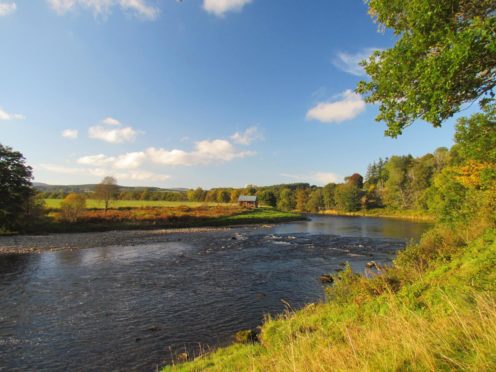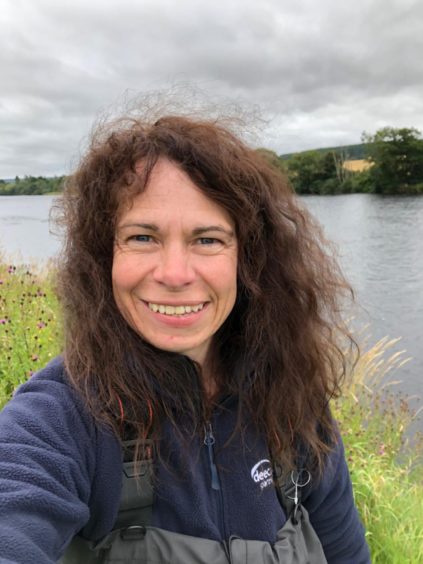From flood prevention work to identifying potential beaver habitats, the public has been invited to help shape the future of the “internationally important” River Dee.
Today the Dee Catchment Partnership (DCP), which represents 16 councils, agencies and organisations responsible for the health of the Dee, has launched a new consultation to help guide its work for the next five years.
Launched in 2003, the DCP has carried out more than £10 million worth of restoration and conservation work along the Dee, from its harbour mouth in Aberdeen to its source in the Cairngorms National Park.
Some of the projects carried out include the distribution of deer legs into some of the river’s tributaries to boost nutrient levels for species in the Dee.
Another was the hauling out of 31 scrapped cars from the Mar Lodge floodplain that were buried in 1984 to try and stop flooding, but by 2015 were at risk of breaking down and releasing waste into the Dee.
Protecting the Dee for future generations
The DCP has now asked the public to rate their performance so far, and tell them what projects and ambitions should be prioritised for the future.
Among the DCP plans are “urgently needed” surveys to find out how many endangered freshwater pearl mussels remain in the river after devastation caused by Storm Frank.
Also under consideration is the identification of beaver habitats and “areas that could be improved for future colonisation”.
The partnership is also looking at how it manages “hotspot areas” throughout Deeside that are very popular with visitors, and as a result are often plagued with problems like littering and fires caused by barbecues.
Susan Cooksley, a freshwater ecologist at the James Hutton Institute and manager of the partnership, has urged the public to complete the consultation and help guide its work for the future.
She said: “It’s now time to create a new delivery plan for the partnership to direct our projects for the next five years.
“We want to hear people’s thoughts on our achievements so far – what we’ve done well, but also what we need to do better, or more of – to help us prioritise our actions for the next decade.
“What are your priorities for the lochs, burns and rivers of Deeside – this is your opportunity to shape their future.”
How can I take part?
The consultation lasts from today until August 6, and asks participants to share their thoughts on seven topics, including water quality, species, habitats, and access and recreation.
“The Dee catchment is internationally important for the unique landscapes and species it supports,” said Ms Cooksley.
She continued: “How we manage the land and water within it has a direct impact on the linked emergencies of climate and nature, both of which must be tackled as part of a successful green recovery for Deeside.
“We welcome input from anyone with an interest in the river.
“We all have a role in helping to conserve this special part of the world, and this is a chance to have your say, and be a part of shaping the decisions that will direct our future projects.”
You can find the consultation here.

